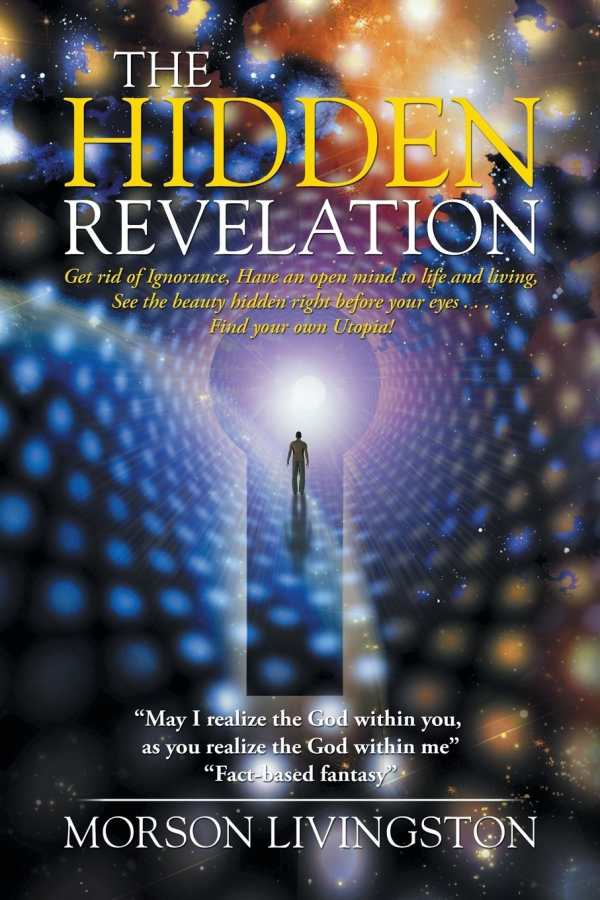The Hidden Revelation
The Hidden Revelation is a creative, inclusive, and informative approach to the world’s religious traditions.
Morson Livingston’s The Hidden Revelation is a meticulous journey through the world’s religions, with one curious woman’s narrative as the vehicle.
After his beloved and admired mother, Benedicta, passes away, Francis opens the journals that she left him, wherein she has promised that he’ll find the answers he’s been craving about her past and his mysterious origins. He discovers that Benedicta’s enviable spirit of calm intelligence was earned the hard way, via her world travels in search of truth. Each journal relates an encounter abroad with one world religion, and goes over, in painstaking detail, the tenets and manifestations of each tradition. From the Australian outback to Jerusalem, from Lahore to Tibet: Benedicta listens and learns from practitioners and masters.
While Benedicta’s narrative ties a variety of traditions together in the book, her place within each environment is muted. She acts more as a student and a tourist than as an acolyte, listening with curiosity and deference as her guides and teachers explain their traditions—often enumerating principles like the Eightfold Path or the Five Pillars in bulletpoint style. Dialogue becomes overly didactic. In many places, the book seems more like an introductory world religions textbook than it does like a novel. Francis and Benedicta get buried beneath a bevy of religious and geographic trivia.
As a primer on world religions, the book is respectful, covers much ground quickly, and is effective at capturing creeds and precepts in an easily absorbed manner. Swift summaries of each tradition come at the end of chapters, and should prove useful for quick reference. The book does favor spirituality over strict adherence, and so mystical traditions, particularly within monotheisms, are shown decided favor. This makes for a warm approach to Western religions, wherein Sufism and Kabbalah become representative, and interreligious strife is not concentrated upon.
Though the prose is often stiff and guidebook-like—concentrating not just on religious tenets, but upon details like altitude, the etymologies of place names, and the histories of past empires—once in a while, it lets itself go and revels in its settings in a much more relatable way:
Butter lamps twinkled like stars, and the scent of burning juniper branches filled the evening air in Barkhor Street. As the butter burned, the lamps produced a smoky light, which created an aura of divinity.
At such moments, The Hidden Revelation transcends its informative core, and invites audiences into Benedicta’s divine encounters in a much more intimate way.
The Hidden Revelation is a creative, inclusive, and informative approach to the world’s religious traditions.
Reviewed by
Michelle Anne Schingler
Disclosure: This article is not an endorsement, but a review. The publisher of this book provided free copies of the book and paid a small fee to have their book reviewed by a professional reviewer. Foreword Reviews and Clarion Reviews make no guarantee that the publisher will receive a positive review. Foreword Magazine, Inc. is disclosing this in accordance with the Federal Trade Commission’s 16 CFR, Part 255.

